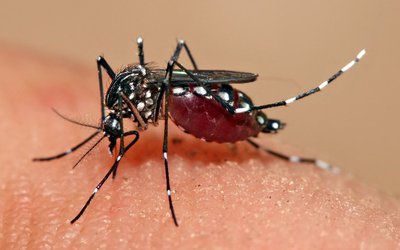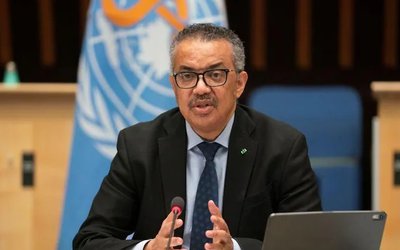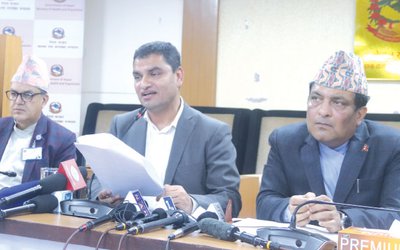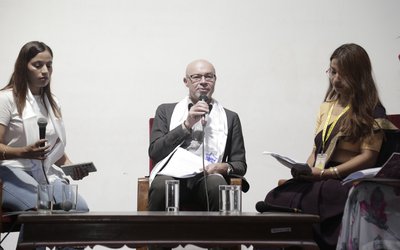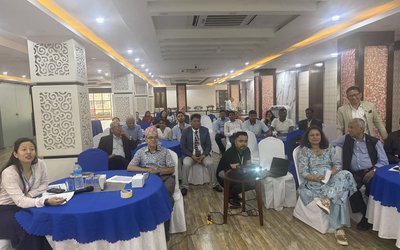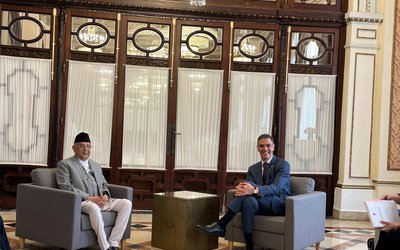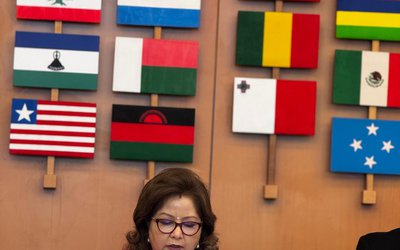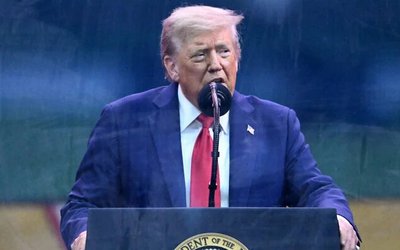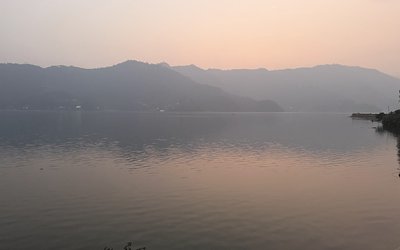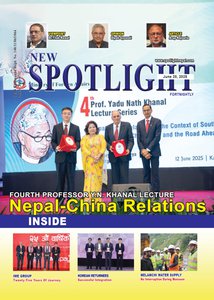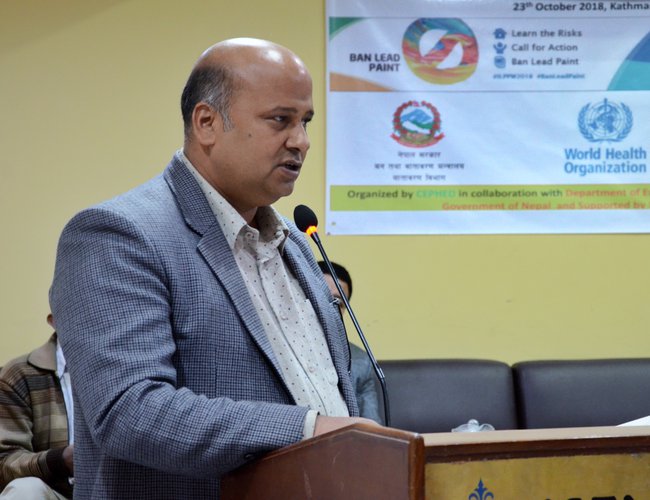
Although the compliance of lead paint standards has increased over the years in Nepal, some of the paint products mainly from the domestic paints industries were still found extremely very high up to 50347 ppm.
Research conducted recently indicates that legislation alone is not enough to keep children safe. Not only should regulation set total lead limits below 90 ppm in all paints, but enforcement and monitoring are essential.
“We are aware about the situation. A regular monitoring of lead paints marketed in Nepal has been planned by the Department of Environment,” said Environment Inspector Bhupendra Sharma.
As Nepal is under a high risk country, environmental health and child health advocates, government officials, development agencies, and paint industries are unitedly celebrating International Lead Poisoning Prevention Week 2018, October 21-27.
Lead is of one amongst 10 major toxic chemical of public health concern. Lead paint, a major source of childhood lead exposure, can cause permanent and irreversible brain damage in children.
Lead exposure globally accounted for 5,40,000 deaths and 13.9 million years lost to disability and death due to long-term effects on health, with the highest burden in developing regions. 857 million Children worldwide are at the risk of lead exposure (Institute for Health Metrics and Evaluation, 2016). 65 - 100 % of 10,150,770 young people under 15 years old (34.6%) of total population 29,362,095 (2018) are under high risk of lead exposure in Nepal (2017 Dhimal et al.& 2017, Gautam, K. et. Al).
Calling for protections for the 857 million children ages 0-9 years old who live in countries with no protective lead paint regulations, organizations in 30 countries, coordinating with the Global Alliance to Eliminate Lead Paint (a voluntary partnership hosted by the UN Environment Program and the World Health Organization), urge governments to adopt and effectively implement legislation to protect children’s health.
“Lead is a silent killer. But we have an alternative to lead now”, stated Honourable Health and Population State Minister, Dr. Surendra Kumar Yadav, MoHP, GoN, at “Stakeholder Workshop on Effective Implementation of Lead Paint Standard in Nepal”, a one-day workshop jointly organized by Center for Public Health and Environmental Development (CEPHED), with the Department of Environment, Ministry of Forest and Environment (MOFE), and with the support of WHO country Office for Nepal and IPEN.
The ongoing weeklong program for the sectorial commitment towards enhancing effective implementation of lead paint standard aims to harmonize the sectorial laws through inclusion of lead paint standard provision in building code, green building guideline, Nepal Standard Mark (NS Mark) criteria, color code for school and other infrastructures as well as envisioning national blood lead level screening plan.
Series of lead paint studies in Nepal clearly revealed that the amount of lead content in the paint produced, imported, marketed, and used in Nepal has heavily decreased over the years.
The compliance monitoring of lead paint standard carried out by Ministry of Forest and Environment (MOFE) in the year 2016 showed only 30% paints comply with the standard. However, similar study carried out by CEPHED in a year latter in 2017 with the support of World Health Organization (WHO) showed increased compliance of lead paint standard by 60 percent of paints. “This is very remarkable achievements by the paints industries in Nepal and needs to be continued improvement towards achieving 100% compliance to eliminate leaded paints from Nepal thus protecting public health and environment”, said Ram Charitra Sah, Executive Director and Environment Scientist of CEPHED.
Five different technical papers on status of lead paints, status of blood lead level among Nepalese children, compliance and regulatory monitoring initiatives of government agencies, and national as well as international initiative towards prevention and control of lead exposure has been presented in the one-day workshop. Invited stakeholders also elaborated on how they will tackle the problem in their respective field of work: health, education, environment, and infrastructure.
“There are no safe levels of lead exposure”, stated Rajaram Pote Shrestha, National Professional Officer, at WHO Country Office for Nepal, and urgently called for effective implementation of lead paint standard and harmonization of sectorial laws such as proper inclusion of the mandatory provision of lead paint standard in NS Mark criteria, building codes, green building guidelines and color coding guidelines of school and other infrastructure including school building bus, toilets, and even public vehicles.
The major goal of the Global Lead Week of Action is working together to ban lead paint by raising awareness via workshops at Kathmandu and Chitwan, radio jingle, and TV PSA broadcasts throughout the week.
- The Situation Pushes Women Journalists To Speak Louder, Experts Emphasize
- Jun 30, 2025
- SPI NEPAL: Prosperity Through Clean Energy
- Jun 30, 2025
- PM Oli Meets Spanish Prime Minister
- Jun 30, 2025
- FM Dr. Rana Said Nepal recognises constitutional guarantees to citizens' right to food
- Jun 30, 2025
- Weather Forecast: Generally Cloudy With Heavy Rainfall Is Likely In One Or Two Places Of Kathamandu, Biratnagar And Pokhara
- Jun 30, 2025



